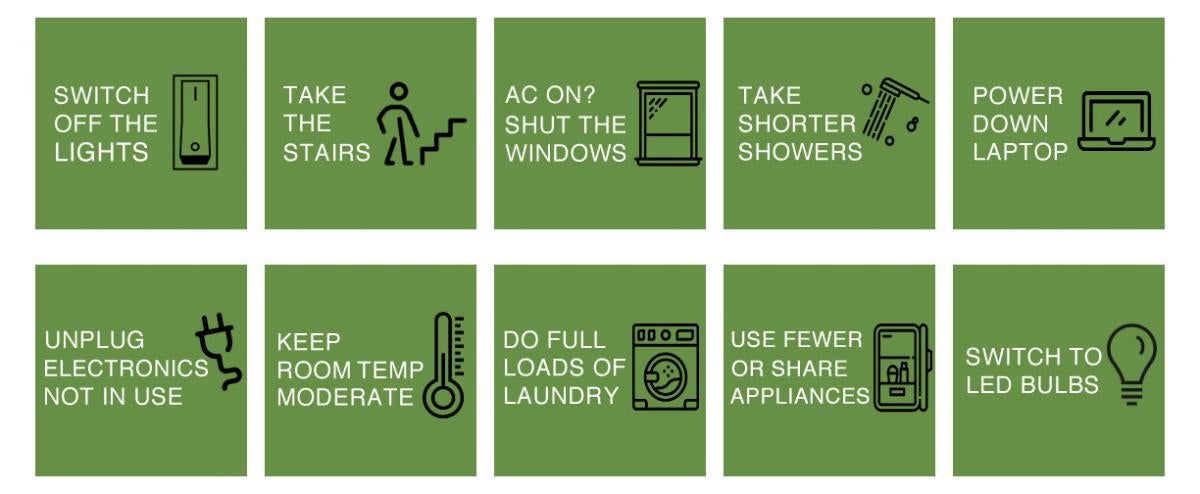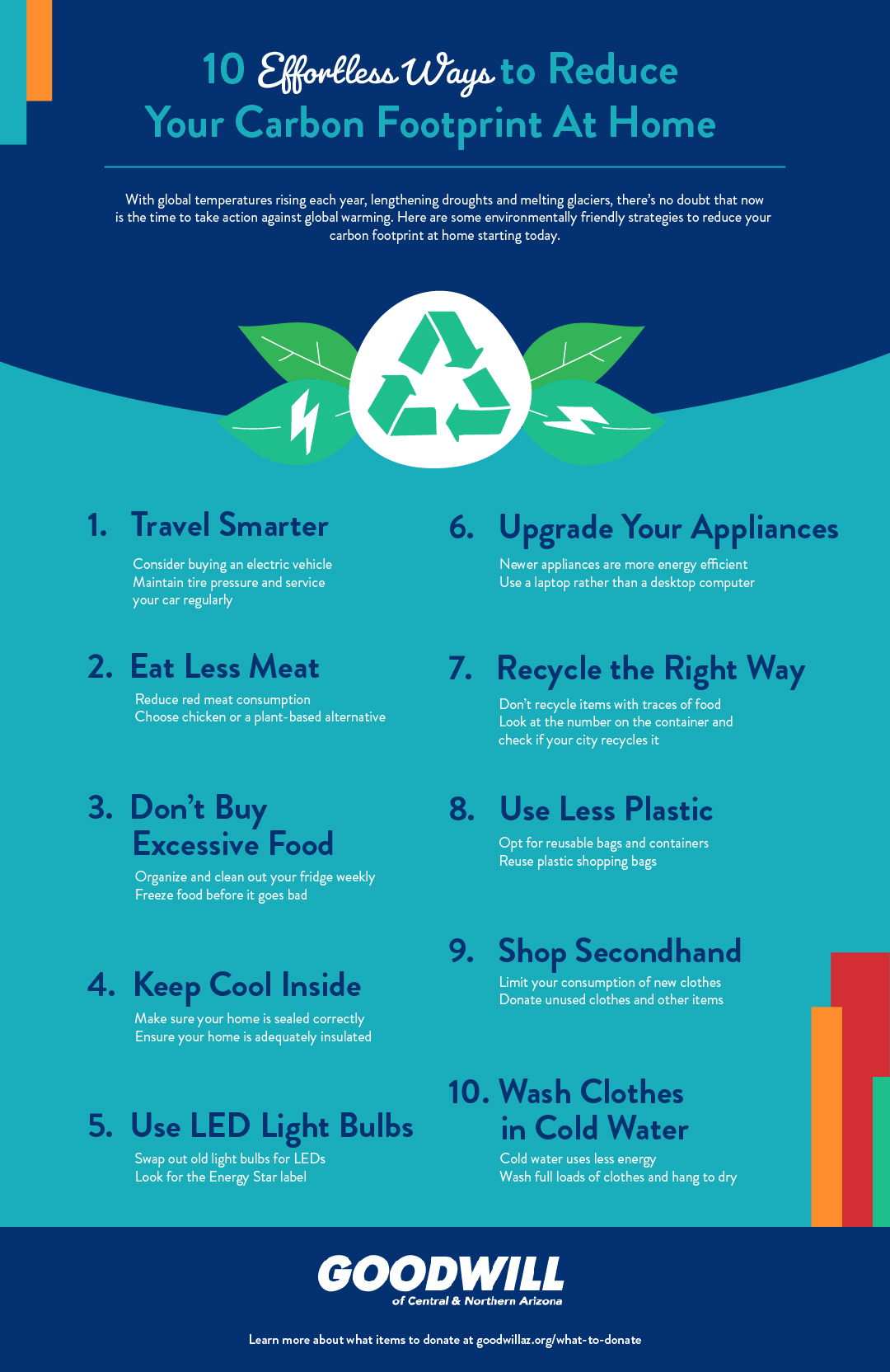Introduction

Reducing carbon emissions and improving fuel efficiency is crucial for the environment and our wallets. With the increasing concern for climate change and the rising cost of fuel, it is important to implement simple yet effective strategies to reduce our carbon footprint. This article provides practical tips and techniques to help you achieve fuel efficiency, both in terms of driving techniques and vehicle maintenance. By following these steps, you can make a significant impact on the environment while also saving money.
Why fuel efficiency is important
Fuel efficiency is important because it helps reduce carbon emissions and conserve natural resources. Vehicles that are fuel efficient consume less fuel, resulting in lower greenhouse gas emissions that contribute to climate change. Additionally, improved fuel efficiency reduces our dependence on fossil fuel imports and lowers the cost of transportation. By prioritizing fuel efficiency, individuals and society can make a significant positive impact on the environment and their wallets.
Benefits of reducing your carbon footprint

Reducing your carbon footprint offers numerous benefits for both individuals and the environment. By adopting fuel efficiency habits, you can decrease your greenhouse gas emissions and contribute to the fight against climate change. Additionally, reducing your carbon footprint can lead to cost savings, as fuel-efficient vehicles consume less fuel and require less maintenance. Furthermore, taking steps to reduce your carbon footprint helps protect natural resources and promotes a healthier and cleaner environment for all.
Efficient Driving Techniques
Efficient driving techniques play a crucial role in reducing your carbon footprint. By adopting certain habits, such as driving at a steady speed and avoiding aggressive acceleration and braking, you can improve fuel efficiency and minimize greenhouse gas emissions. These simple changes not only help combat climate change but also lead to cost savings and a smoother driving experience.
Driving at a steady speed

Driving at a steady speed is a key technique to improve fuel efficiency and reduce your carbon footprint. By maintaining a consistent speed, you can avoid unnecessary fuel consumption caused by frequent accelerations and decelerations. Driving at a moderate speed also reduces air resistance, leading to better fuel economy. Try to use cruise control whenever possible to maintain a steady pace on the road.
Avoiding aggressive acceleration and braking
Avoiding aggressive acceleration and braking is another effective technique to improve fuel efficiency and reduce carbon emissions. Rapid acceleration uses more fuel and puts unnecessary stress on your vehicle's engine. Similarly, abrupt braking wastes energy and wears down your brake pads. By driving smoothly and anticipating traffic flow, you can conserve fuel and reduce your carbon footprint. Remember to maintain a safe following distance to allow for gradual braking.
Proper Vehicle Maintenance
Proper vehicle maintenance is crucial for improving fuel efficiency and reducing your carbon footprint. Regularly maintaining tire pressure can improve fuel economy by reducing rolling resistance. Using the correct motor oil can also optimize engine performance and fuel efficiency. By following these simple maintenance practices, you can ensure that your vehicle operates efficiently and contributes to a greener environment.
Regularly maintaining tire pressure
Regularly maintaining proper tire pressure is crucial for improving fuel efficiency and reducing your carbon footprint. When tires are underinflated, they create more rolling resistance, which decreases fuel economy. By regularly checking and maintaining the correct tire pressure as recommended by the manufacturer, you can optimize fuel efficiency and reduce your impact on the environment. Use a tire pressure gauge to check the pressure and fill them up as necessary.
Using the correct motor oil

Using the correct motor oil is essential for maintaining fuel efficiency and reducing your carbon footprint. Choosing the right viscosity and type of motor oil recommended by your vehicle manufacturer can help improve engine performance and reduce friction. This, in turn, can increase fuel efficiency and reduce emissions. Consult your vehicle's owner's manual to determine the appropriate motor oil specifications for optimal performance and environmental impact.
Alternative Transportation Options

Carpooling and ridesharing are effective ways to reduce your carbon footprint and save money on fuel costs. By sharing a ride with others, you can decrease the number of vehicles on the road and decrease emissions. Similarly, using public transportation such as buses, trains, and trams can significantly reduce your environmental impact. These options also provide opportunities to relax and reduce stress during your commute.
Carpooling and ridesharing

Carpooling and ridesharing are effective ways to reduce your carbon footprint and save money on fuel costs. By sharing a ride with others, you can decrease the number of vehicles on the road and decrease emissions. Similarly, using public transportation such as buses, trains, and trams can significantly reduce your environmental impact. These options also provide opportunities to relax and reduce stress during your commute.
Using public transportation

Using public transportation is an eco-friendly alternative to driving. Buses, trains, and trams can transport multiple passengers at once, reducing the number of vehicles on the road and decreasing emissions. Public transportation also helps alleviate traffic congestion, saves money on fuel costs, and provides a convenient and stress-free commute. By opting for public transportation, individuals can contribute to reducing their carbon footprint and promoting sustainable travel options.
Choosing Fuel-Efficient Vehicles
Choosing fuel-efficient vehicles is a crucial step towards reducing your carbon footprint. Consider opting for hybrid or electric vehicles that have lower emissions and higher fuel efficiency. These vehicles use alternative energy sources, such as electricity, to power their engines, resulting in reduced fuel consumption and emissions. Additionally, compare fuel efficiency ratings of different vehicles before making a purchase to ensure you choose the most environmentally friendly option.
Considering hybrid or electric vehicles

When choosing a fuel-efficient vehicle, consider opting for hybrid or electric vehicles. Hybrid vehicles combine a traditional gasoline engine with an electric motor, while electric vehicles run solely on electricity. These vehicles are more environmentally friendly as they produce lower emissions and have higher fuel efficiency. Additionally, they often have government incentives and tax credits available to encourage their adoption.
Comparing fuel efficiency ratings
When choosing a fuel-efficient vehicle, it's important to compare the fuel efficiency ratings of different models. Look for vehicles with higher MPG (miles per gallon) ratings for city and highway driving. The Environmental Protection Agency (EPA) provides fuel efficiency ratings for new vehicles, allowing you to make an informed decision. Additionally, consider the fuel efficiency of different vehicle classes, such as compact cars or SUVs, to find the best option for your needs.
Conclusion

In conclusion, implementing fuel efficiency hacks can have a significant impact on reducing your carbon footprint. By practicing efficient driving techniques, maintaining your vehicle properly, exploring alternative transportation options, and choosing fuel-efficient vehicles, you can contribute to a cleaner environment and save money on fuel costs. Remember, even small changes can make a big difference in reducing emissions and promoting sustainability. Start adopting these habits today for a greener tomorrow.
Additional tips to reduce your carbon footprint

In addition to the fuel efficiency hacks mentioned earlier, there are a few more tips to further reduce your carbon footprint. These include:
- Minimizing idle time: Avoid leaving your engine running while parked or waiting.
- Combining errands: Plan your trips efficiently to minimize unnecessary driving.
- Using eco-friendly products: Choose environmentally friendly options for household products, such as cleaning supplies.
- Investing in energy-efficient appliances: Opt for appliances with high energy-efficiency ratings to reduce energy consumption.
By incorporating these practices into your daily routine, you can contribute to a more sustainable future.
Benefits of fuel efficiency for the environment and your wallet

Fuel efficiency not only benefits the environment but also your wallet. By reducing fuel consumption, you can decrease the amount of greenhouse gas emissions and air pollution. This helps in the fight against climate change and promotes cleaner air quality. Additionally, fuel-efficient vehicles save you money in the long run by reducing fuel costs and increasing overall energy savings. Embracing fuel efficiency is a win-win for both the environment and your financial well-being.